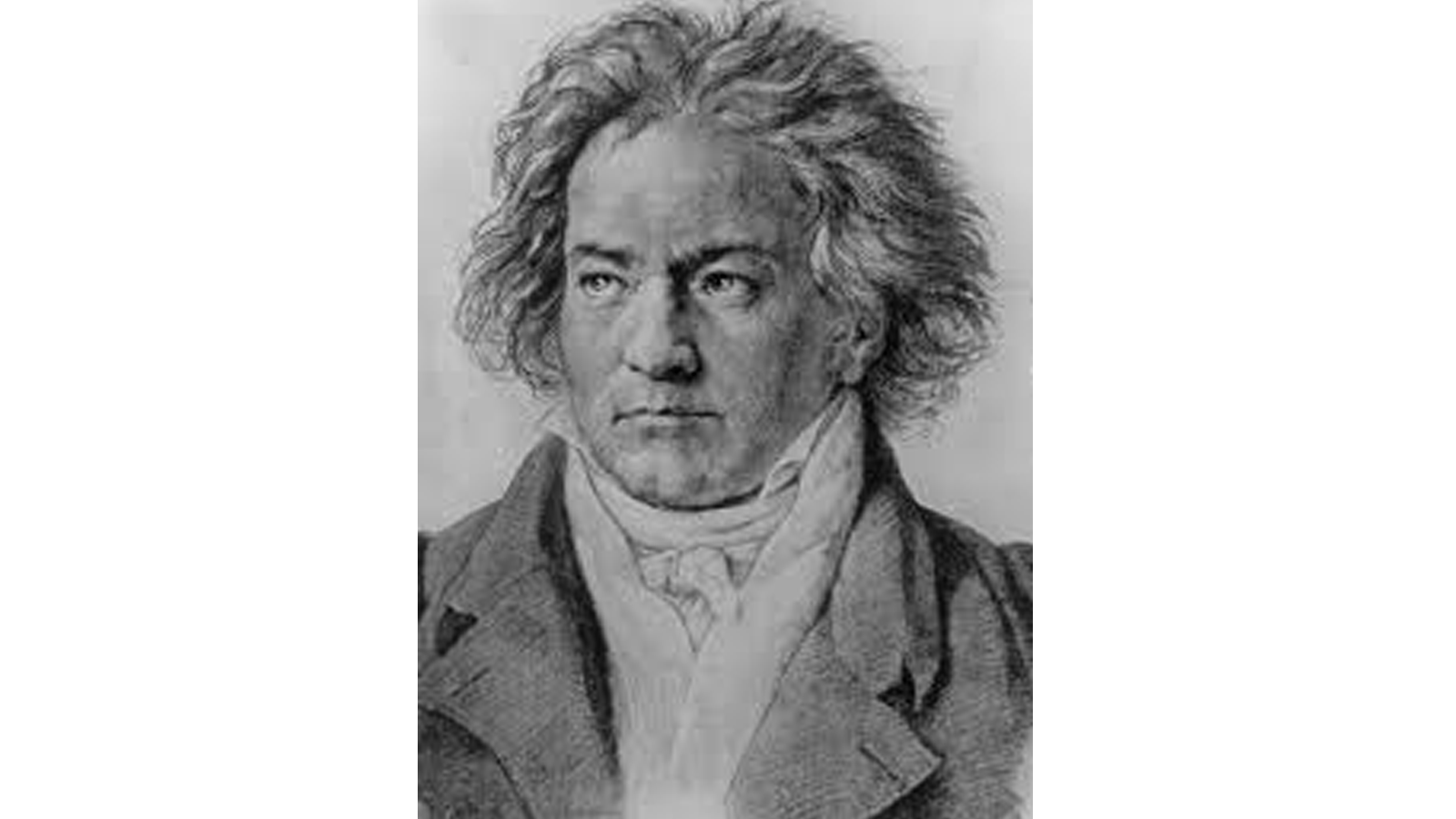
No. 4
Beethoven: Symphony No. 5 in C minor

What can anyone say about Beethoven’s Fifth Symphony? I could be cheeky and call it the evil twin of Beethoven’s “pastoral” Sixth Symphony written at the same time. There is nothing to give a listener a clue as to what the Fifth Symphony may be about except the notes on the page. In that sense it is the very model of an “abstract” symphony, a self-sustaining musical experience. From its very famous first notes it is all about itself. Those first four notes, abrupt and a bit unforgiving, are the seed out of which the whole symphony grows. I have often thought of this symphony as a bold, early spring flower that pushes abruptly out of the soil. Not there one day and, suddenly, you look down the next day and, after what must have been a hard, first push upward, there’s a spear of green broken through. Then over the course of weeks, through days of sunshine, others of rain, warm days and chilly ones, the flower continues to grow, but not at a constant pace. The pace of growth adjusts to weather and its surroundings, but the growth never stops. Beethoven’s Fifth Symphony is all of a piece, the movements are all related to that first four note seed. It is difficult, even pointless to extract a movement from this symphony, because it’s like lopping off a tulip before it blooms. Each movement leads, it seems, inexorably yet at its own pace and with its own elaborations toward the end, toward that mighty C major bloom.
What do those first four notes mean? Every listener must answer that question for themselves. But musically it means exactly what the spear of green that pops up from the soil means: it’s just begun and it’s not going to stop until it blooms.
Top 40 Countdown
A few years ago the listeners to WNED Classical told us what they thought a TOP 40 list of Classical pieces should be. Six hundred and twenty-two different pieces were put forward, and over nine hundred listeners participated. The result, The WNED Classical Top 40, was both startling and comforting. There were a number of surprises, Stravinsky and Copland made the list; Mendelssohn and Schumann did not! It was comforting to know that the two most popular composers were Beethoven and J.S. Bach. The biggest surprise of all was the piece that crowned the list as No. 1.